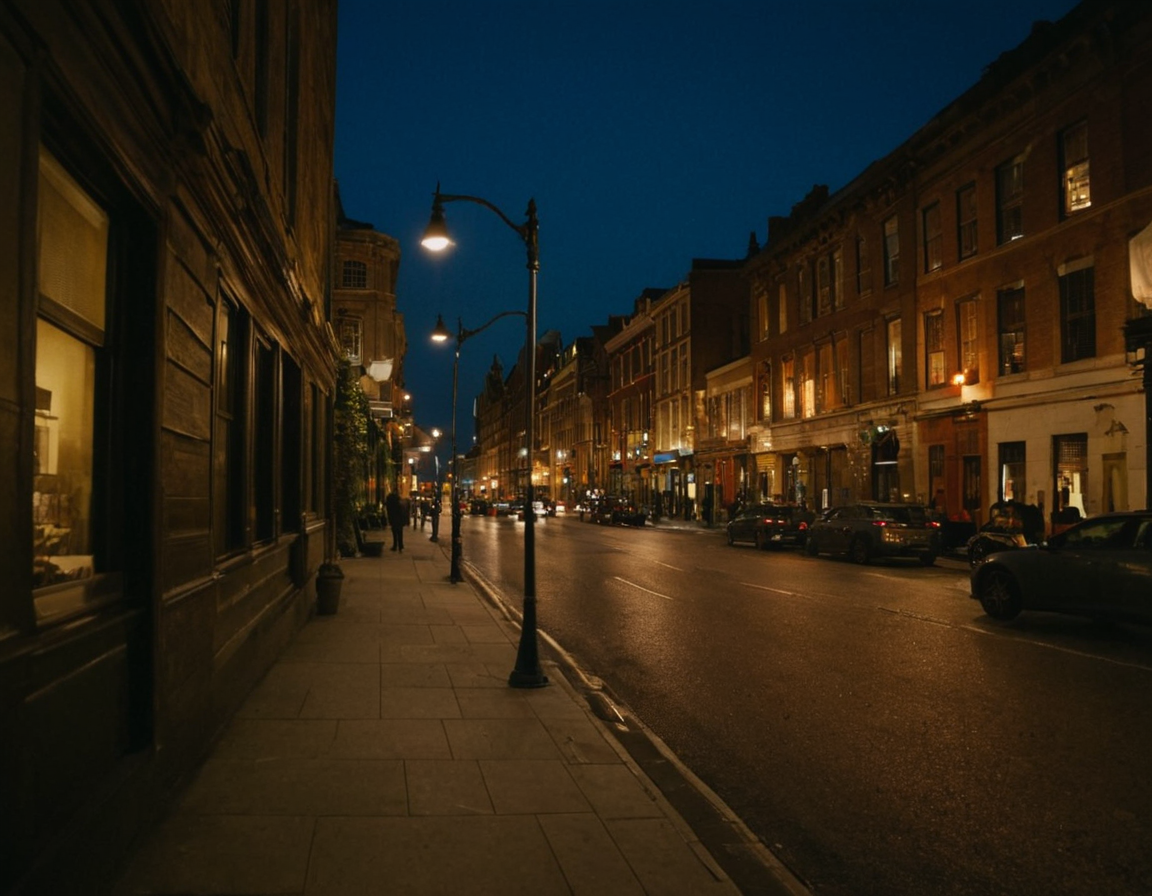Kit Lens Low Light Mastery Tips

Mastering the Art of Low-Light Landscapes: Tips for Kit Lens Shooters
Introduction
Low-light landscapes can be a true test of skill and creativity for photographers. Even with the most advanced equipment, capturing images that evoke emotion and tell a story in these conditions can be daunting. However, with the right approach, techniques, and mindset, kit lens shooters can produce stunning results that rival those achieved with more expensive gear.
Understanding Kit Lens Limitations
Before we dive into the tips and tricks, it’s essential to acknowledge the limitations of kit lenses. These zooms are often criticized for their poor image quality, limited depth of field, and lack of optical stabilization. However, this doesn’t mean they can’t be used effectively.
Kit lenses are typically designed for general-purpose photography, such as portraits or street photography. They’re not optimized for landscape photography, which requires a different set of skills and considerations.
Section 1: Pre-Production Planning
Understanding the Scene
Before heading out, research the location to ensure it’s safe and suitable for photography. Consider factors like weather, accessibility, and potential hazards.
Scouting and Planning
Take time to scout the location and plan your shots. Look for interesting compositions, lighting opportunities, and potential risks. Be aware of any restrictions or regulations that may affect your shoot.
Section 2: Camera Settings
Aperture
A wider aperture (lower f-stop number) can help create a shallower depth of field, making it easier to separate the subject from the background. However, be cautious not to overdo it, as this can lead to noise and reduced image quality.
Example: Use f/8 or lower for landscapes that require a large depth of field, but consider f/11 or higher for situations where you need more control over the background.
Shutter Speed
A slower shutter speed can help create motion blur, adding depth and emotion to your images. However, be aware of camera shake and ensure you’re using a tripod or other stabilizing device.
Example: Use a shutter speed between 1/30s to 1/60s for creating motion blur, but consider faster speeds for sharp, frozen moments.
ISO
Keep your ISO as low as possible (preferably 100) to minimize noise and digital artifacts. However, be prepared to increase the ISO if necessary to compensate for camera shake or low light conditions.
Example: Use an ISO between 100 and 400 for general landscape photography, but consider higher or lower settings depending on the specific situation.
White Balance
Set your white balance according to the lighting conditions. This can help enhance colors and reduce unwanted tones.
Section 3: Composition and Technique
Rule of Thirds
Divide your image into thirds both horizontally and vertically, placing interesting elements along these lines or at their intersections.
Example: Use this technique to create more dynamic compositions by placing leading lines, framing, or other visual interest points along the axis.
Leading Lines
Look for leading lines that can help guide the viewer’s eye through the image. These can be natural features like roads, paths, or shorelines.
Example: Use these lines to add depth and context to your landscape images by incorporating them into the composition.
Framing
Use natural or man-made frames to separate the subject from the background. This can help create a more intimate atmosphere.
Conclusion
Mastering the art of low-light landscapes requires patience, practice, and dedication. By understanding kit lens limitations, planning carefully, and applying effective camera settings and techniques, you can produce stunning results that rival those achieved with more expensive gear.
The next time you find yourself in a challenging lighting situation, remember to stay calm, think creatively, and trust your instincts. The most important thing is to keep pushing yourself to improve and experiment with new approaches.
Will you take on the challenge of capturing low-light landscapes with your kit lens? Share your experiences and tips in the comments below!
Tags
low-light-landscape kit-lens-photography landscapes-tips creative-photography night-mode
About Teresa Gomez
Photography enthusiast & blogger Teresa Gomez shares her expertise on inspiring photography techniques, tutorials, and tools to help creatives elevate their craft at lentecreativa.com.
